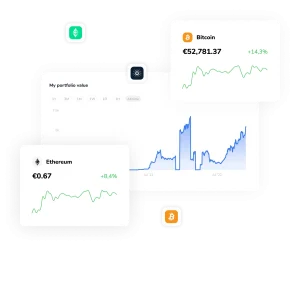
In the case of shadow bank funding, the sources of credit that lenders use are often less regulated. The biggest source of this funding is collateralised financial credit, which is short-term and inexpensive, but can deliver credible liquidity on demand. This form of funding is often facilitated by security-pledging, which grants lenders easy access to cheap and credible funding. It also allows them to escape bankruptcy restrictions.
There are several risks associated with shadow banking. Shadow banks often lack adequate capital reserves and are unprepared to cope with periods of low liquidity. They also lack experience in dealing with weaker credit conditions. The shadow banking industry is especially risky in the fixed income space, which has $10.6 trillion in assets. It is important to know how to spot the risks associated with these types of funds.
One of the most prominent ways shadow banks raise funds is through home mortgages, which are turned into securities and sold to investors. The securities are backed by a collection of mortgage loans. The value of these securities depends on the value of the individual mortgage loans in the package. The homeowner pays the interest on the security with their monthly mortgage payments. Almost every step of this process takes place outside of the regulatory system.
Shadow banks also take on the risk of default on the loans that they issue. They do this by selling securities to raise funds and then promising to buy them back at a specified price on a particular date. Another example of a shadow bank is a broker-dealer that pools funds to buy mortgage-backed securities and commercial paper.
Although shadow bank lending is beneficial for many financial institutions, it can also pose a risk to financial stability. This is because additional credit can amplify pre-existing vulnerabilities. The competitive pressures that shadow banks create can encourage banks to loosen lending rules. Shadow banks also create a way for investors to obtain credit that circumvents prudential regulation.
Another risk of shadow bank funding is that the risks that shadow banks face are not fully understood. The risk is hard to quantify, but academics agree that they are not the only sources of funding. Some shadow banks also have access to bank and SIV credit lines. However, they may have to wait several years to receive less than 20 cents on the dollar.
Shadow banks have a critical role in mortgage origination, and any disruptions in this funding can have spillovers into downstream lending. Because shadow banks can provide additional funding for warehouse loans, disruptions in shadow bank funding can affect mortgage rates. Further, shadow banks can offset shortfalls in warehouse funding, which banks can’t do. This means that when banks withdraw from the warehouse lending market, mortgage rates increase and mortgage lending suffers.
Shadow banks are not only prone to crises, but they can also pose a systemic risk. As such, there is a need to better understand and manage this source of funding.






